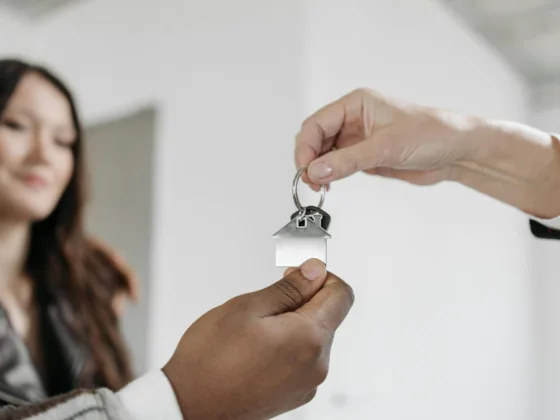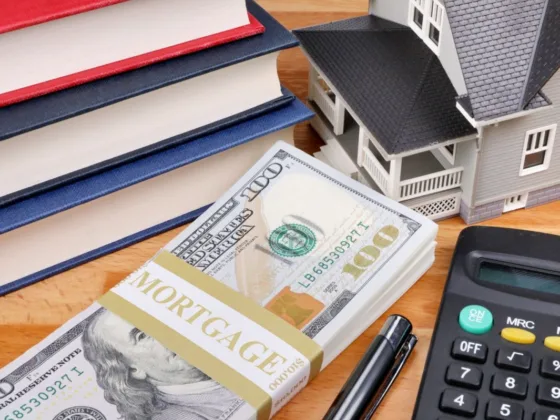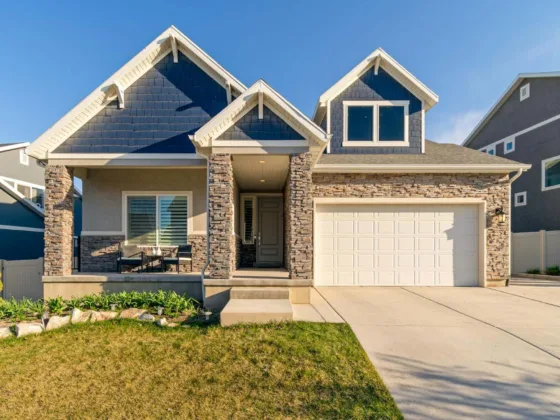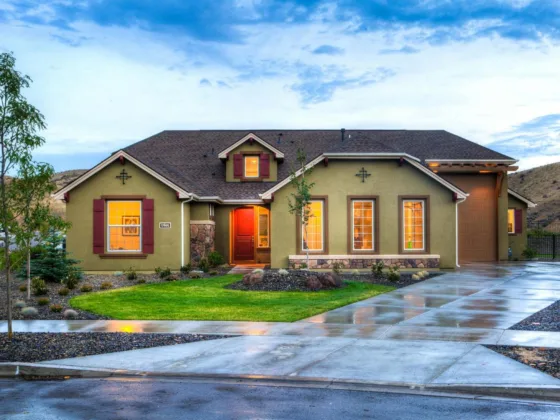Table of Contents Show
A second mortgage is a loan borrowed against property in addition to the 1st or primary mortgage.
A second mortgage can either be a standalone mortgage after the original mortgage or a “piggyback” mortgage which occurs together with the original mortgage, especially when one doesn’t have enough for a down payment.
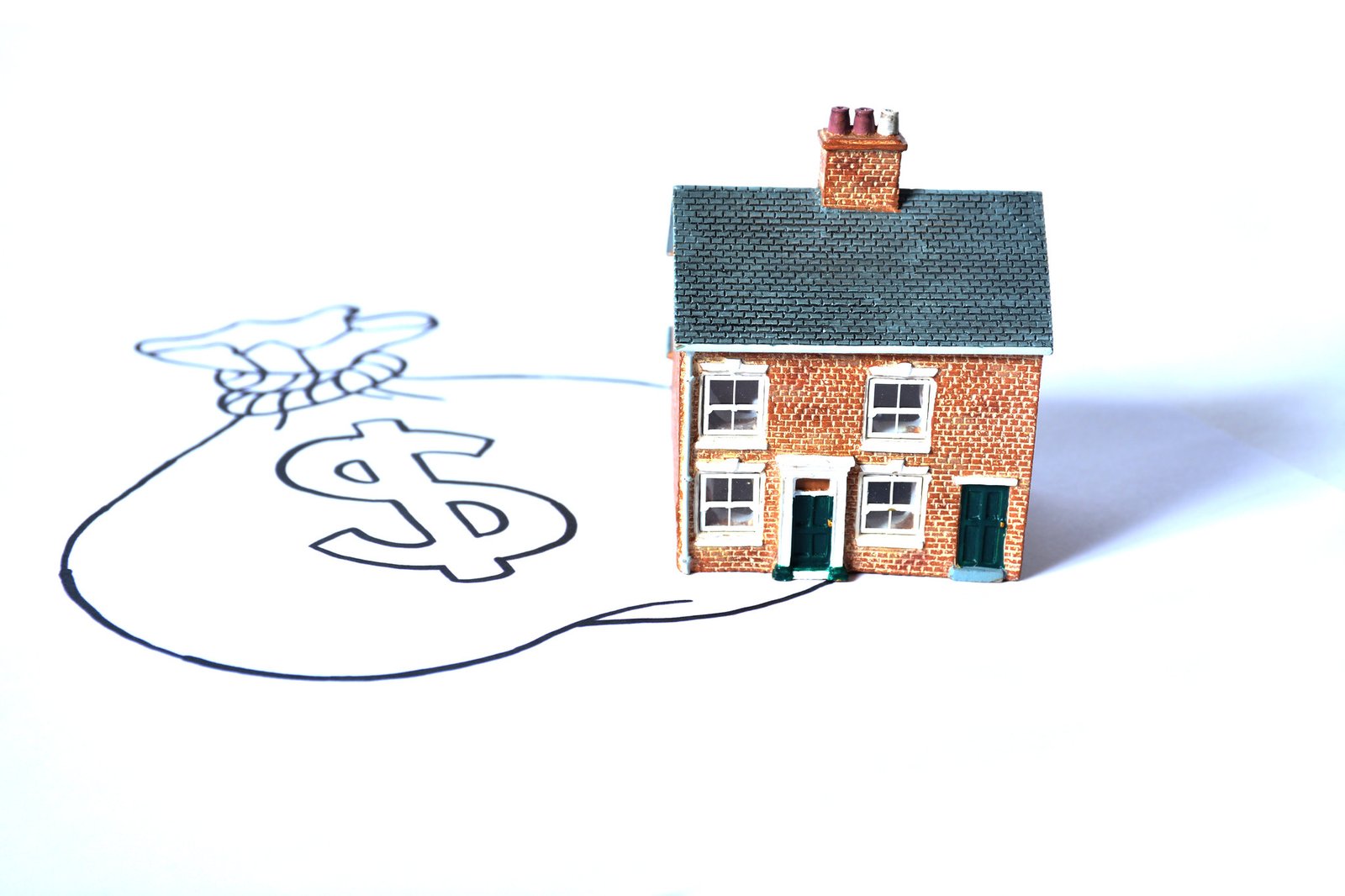
A second mortgage can be withdrawn as a lump sum or as a line of credit; a loan allows one to withdraw a specific agreed-upon amount that is repaired during an agreed period. A 2nd mortgage often has lower interest rates than other similar loans since you’re borrowing against your home’s equity.
Lump-sum
This is a second mortgage in which a single lump sum is withdrawn at once and then paid gradually over time. It works just like the 1st mortgage, with monthly payments on both the principal and interest rates. Payment will be made separately from the 1st mortgage.
Line of credit
This is similar to a credit card. In this type of second mortgage, you have an amount you can’t borrow more than a limit. As long as you don’t reach this maximum amount, you can keep withdrawing.
The lender usually gives a draw period and a repayment period. The draw period is usually about 5 to 10 years.
During this period, one may be required to pay a minimum amount of money monthly (interest only). The repayment period is usually about 20 to 30 years, in which the principal is paid in monthly installments.
Read Also:
How a Second Mortgage Works
When you get a second mortgage, you go through a process similar to the one you went through to get your first mortgage. Once you get the mortgage, you need to make separate payments each month in addition to the amount you pay for your first mortgage.
In case you are unable to make payments again and go into foreclosure, the first lender is paid before the second. This makes a second mortgage riskier for financial institutions than the first.
As a result of this, the second mortgage tends to have a higher interest rate than the first mortgage. Despite the higher rates, the second mortgage typically has a lower rate than other means of credit, e.g., a credit card.
Usually, a second mortgage lender will lend you let you take out a second mortgage when you have about 20% of your home equity. Also, they will usually give only about 85% of your total home value% minus the amount you still owe on the first mortgage.
Amount = 85% of home value — amount owed on 1st mortgage
For example, Tom buys a house for 500,000 and has a down payment of 50% (250,000) and borrowing 250,000 for his first mortgage. Over a couple of years, tom pays 150,000 and has 100,000 left to pay.
Tom’s grandson wants to start a business and is convinced that it will be very successful, so he takes out a 2nd mortgage to finance his grandson’s business. Let’s say tom’s house is now worth 800,000. The lenders of the 2nd mortgage will typically give Tom:
(85% of 800,000) — (100,000) = 580,000.
This means that tom can borrow up to 580,000 for his grandson’s business. If tom gets the loan, he has to keep paying his 1st mortgage, and now a second mortgage is also separate from the first mortgage.
Pros of Second Mortgages
Quick access to Cash
Second mortgages come in handy when you need access to a large amount of money very quickly. They are very useful in situations like a home renovation, foot health care bills, buying another home, and so on.
Value Appreciation
Land tends to appreciate over time. One of the nice things about a second mortgage is that you can borrow money against the house and still have more equity than you started with, especially if the housing in your area appreciates.
If your house was worth 200,000 and you have a total mortgage of about 150,000, once the house’s value goes to 300,000, you have equity of 150,000 even though you have borrowed against the house.
Interest Rates
Since you’re borrowing against your home, the lender feels more secure and can charge lower interest rates than would otherwise be charged for loans of a similar nature.
Long time to pay off Debts
One of the best things about mortgages first or second is that the debt does not have to be paid off immediately. It can be spread out over 20 to 30 years, never being too much of a burden. At the end of the payment, you get a reward in the form of a home now entirely yours.
Tax Benefits
As if all the other Pros are not enough, a second mortgage can be tax-deductible depending on where you live.
Cons of Second Mortgages
Hidden Costs
The dark side of getting a second mortgage is that some lenders might have hidden costs and charges they fail to inform you about. To avoid this trap, you need to use trustworthy lenders.
Interests Rates
A second mortgage typically has a higher interest rate than the first mortgage. As a result of this, it might be harder to pay off a second mortgage than a first mortgage.
A simple way to get around this is to use a lender with fair rates. A good lender is always thinking about your convenience and has interest rates that are fair and payable.
Risk of Foreclosure
One of the biggest cons of having a second mortgage is the risk of foreclosure. When you can no longer pay your mortgage, you might be foreclosed upon and lose your home.
Although it usually takes several missed payments for this to happen, it is a risk that is always present until the mortgage is fully paid.
Conclusion
The best way to enjoy a second mortgage is to avoid most cons and ensure only the pros are present. To do this, one needs to use a trustworthy and fair lender.





